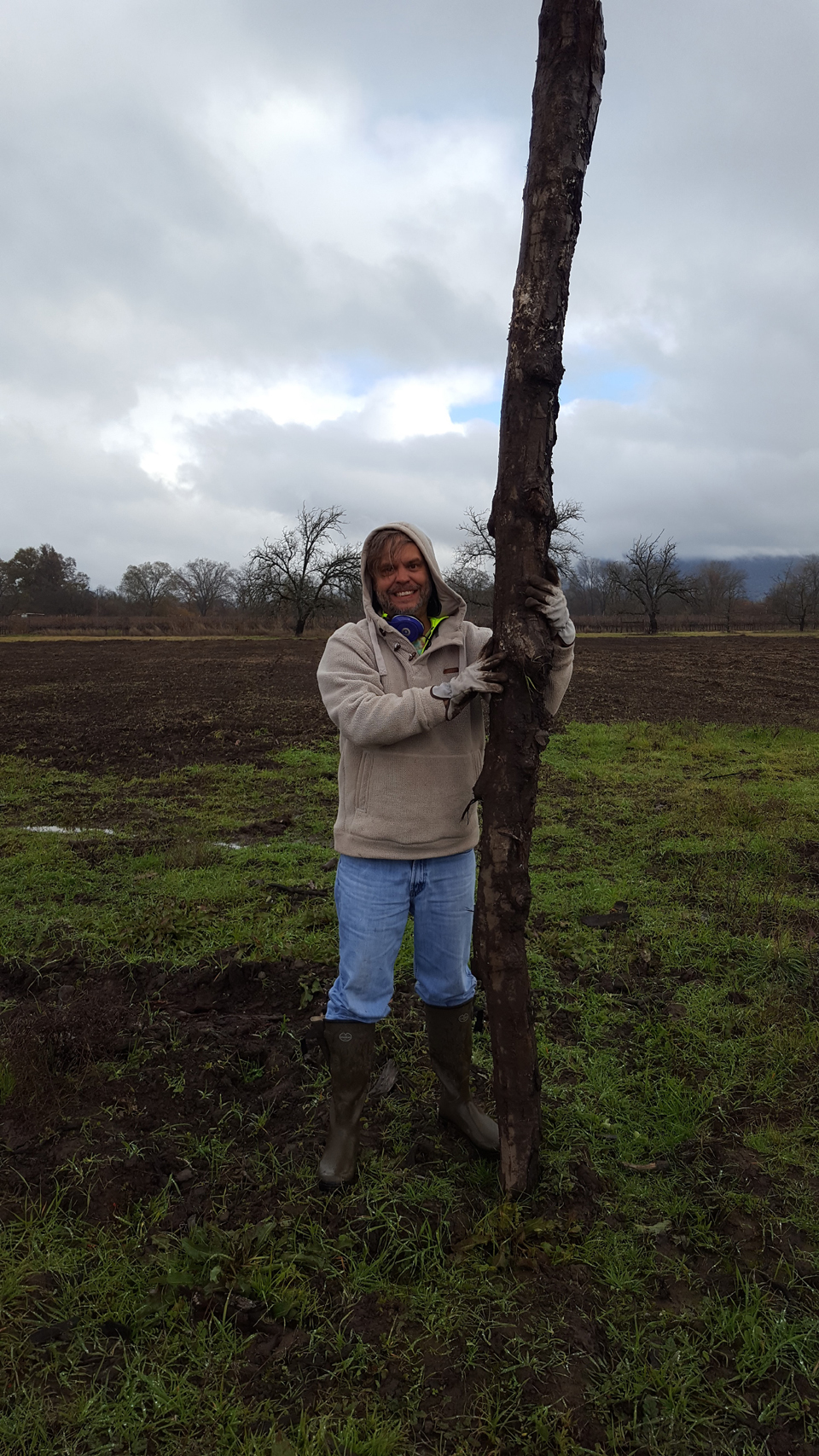Water Dousing I had a surprise call from Week’s Drilling. I could either have a well drilled this week or I would have to wait until June, 2017. Since the only work I was doing was clearing and burning sticks, I told them to come on by and start drilling. Rob and Billy showed up Read More

Water Dousing
I had a surprise call from Week’s Drilling. I could either have a well drilled this week or I would have to wait until June, 2017. Since the only work I was doing was clearing and burning sticks, I told them to come on by and start drilling.
Rob and Billy showed up a few hours later. First order of business; well location. I suggested that the well should be drilled about 300 feet from the driveway. This would place the well and pump close to the fields that would be planted in the spring.
This was not a good idea according to Rob and Billy. 1) The rig was about 100,000 pounds and would get stuck in the muddy fields long before they reached the well location. 2) running power out to that location would be costly; in time and money.
Having no particular interest in arguing the point, I conceded that the well should be close to the driveway. It took about a day for setup, a day to drill and a day for cleanup. During that time I learned a lot about drilling, the local area and BBQ.
Rob is an avid BBQ chef and had a lot of stories about the technical and social aspects of BBQ culinary delights. I really enjoy listening to people talk about things they are passionate about.
Drilling wells requires both skill and a bit of luck. Rob and Billy explained that they are not Hydrologists or Geological Engineers. They therefore cannot guarantee that the wells they dig will produce water. In my case, they pointed out that my neighbors on all sides had wells that produced sufficient water for agricultural purposes and that there was no reason why the well that they would dig would not do so for me.
After they started digging, they would update me on the progress. After about 5 feet, they hit surface water. Surface water is where rain water goes after it contacts the ground. I learned that surface water typically is polluted with gas/oil residue, agricultural runoff and sometimes nasty biologics. Not water that should be used in your house or on the farm.
At the 25 foot mark they hit the substrate that separates surface water from the ground water. Groundwater in this area is not polluted and is quite plentiful. There is a lake nearby that keeps the groundwater aquifer full, even during the most recent drought.
At 85 feet, they reached the bottom of the groundwater cavern. This is where they stopped drilling.
Later in the day, the health inspector arrived to witness the installation of the ground water cap. The cap is put in place to reduce the chance of surface water contaminating the ground water.
Now that my well is intalled, I need to find someone to put in a pump….
All this will have to wait until after Christmas. I am going to take a break for 2 weeks.

